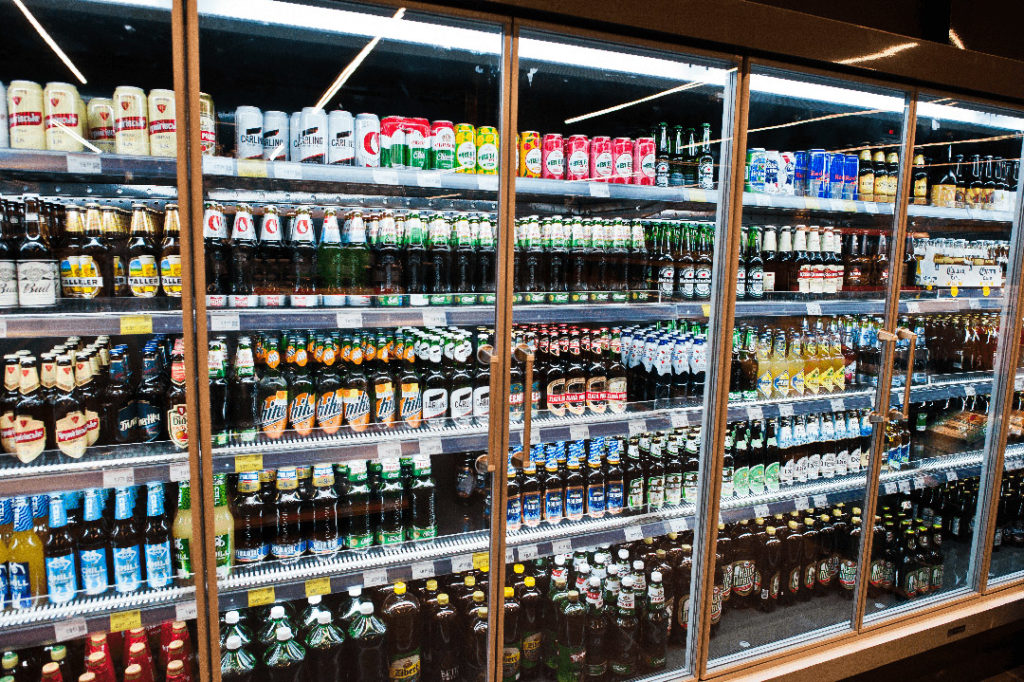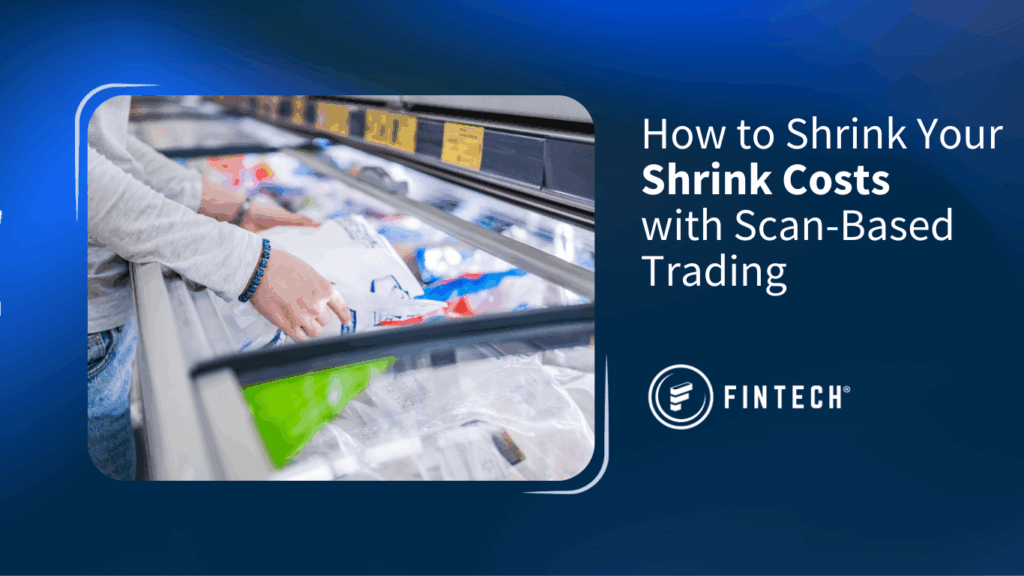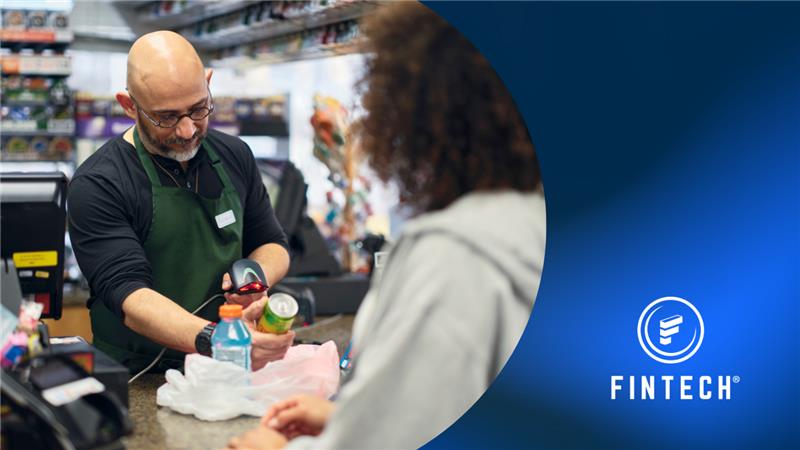How convenience stores can compete with the greater marketplace as the off-premise segment continues to experience higher sales.
Way back in March, when the initial wave of legislative changes closed on-premise service and consumers rushed to stock their pantries, the off-premise segment experienced a surge of business like never before. As we discussed in our first quarter review with NBWA, overall case volumes soared well above the 20 million mark, meaning that the week 12 pantry rush ranked higher than all major holidays in 2019, with the exception of Memorial Day and Labor Day. The shift in consumer purchase habits, combined with the closure of on-premise retailers, meant higher sales opportunities for off-premise retailers at the time. But now that regulations are lifting and the entire alcohol industry is opening more each day, convenience retailers are faced with greater competition.
Now, consumers have almost endless options for purchasing alcohol. They can visit their local grocer to pick up a six-pack while they shop for the week, they can buy tallboys and variety packs while they pump gas, and they can even get cocktails to-go while grabbing dinner at their favorite restaurant. With the increase in accessibility comes competition to retailers looking to stand out and sell more alcohol. So, what are the best ways convenience retailers can keep up and stay relevant?
Develop safe, frictionless operational standards
The most important thing to consider for your location right now is safety. Consumers are actively seeking out stores they feel are taking safety precautions seriously and committing their loyalty to locations providing a clean and easy shopping experience. To signal their commitment, many retailers are implementing consumer-facing cleaning protocols for frequently touched surfaces, like cooler handles or credit card readers. Above these processes however, retailers across the country are also turning to tech partners to develop stronger, safer operational practices that keep their employees safe and their businesses running efficiently. For alcohol payments, for example, Fintech provides touch-free technology that automates the alcohol invoice payment process, eliminates dirty cash or checks, reduces human-to-human contact for staff, digitizes invoice management, and integrates data directly into most major back-office systems. Plus, electronic payments move delivery trucks off the property quicker, by an average of 15 minutes per delivery, so customers can freely access the parking lot and get in-and-out of stores faster. After all, convenience is synonymous with simple, easy, and requiring little effort! Give your customers a truly convenient way to access your store and your staff a more efficient way to focus on selling more products.
Keep your shelves full of the right product
Simply put, there’s no way to stay competitive without data. Investigating POS data is a great place to start, but in order to develop confidence that your locations are stocking the right products, it is necessary to also understand what purchases are being made by individual store-level managers and what products are moving in the greater marketplace. For top-selling products, like alcohol, using data to fill the gaps in information or understanding can provide the insight needed to replace slow-moving items and stock exactly what your consumers are looking for. Through technology, retailers can easily manage this data to create a beverage program built with products and package sizes that create loyalty, promote greater overall basket size, and encourage customer satisfaction. Balancing in-store products means investigating sales data on a larger scale, then comparing it to the products coming through your back door. To do this, thousands of retailers across the country turn to Fintech for specific, actionable data that allows them to audit the items entering the location, and ensure each site is purchasing the best options. Beyond that, Fintech reporting highlights price consistency and unnecessary overages, so retailers can maximize consumer sale price at every turn and remain competitive with other retailers in the area. You can read more about stocking the right products at the right price in our blog, How C-Stores Can Maximize Basket Share Despite Shorter Visits.
While these are just a few ways convenience retailers can stay competitive in a heightened market, there are countless ways convenience retailers can home in on attracting and retaining customers, like rewarding loyalty and continuing to prioritize safety protocols. Today, one in four retailers choose Fintech for touch-free payments and inclusive product and pricing data to keep their business safe and efficient – and dominate the competition in the market. To see how your business can do the same, contact us today!






